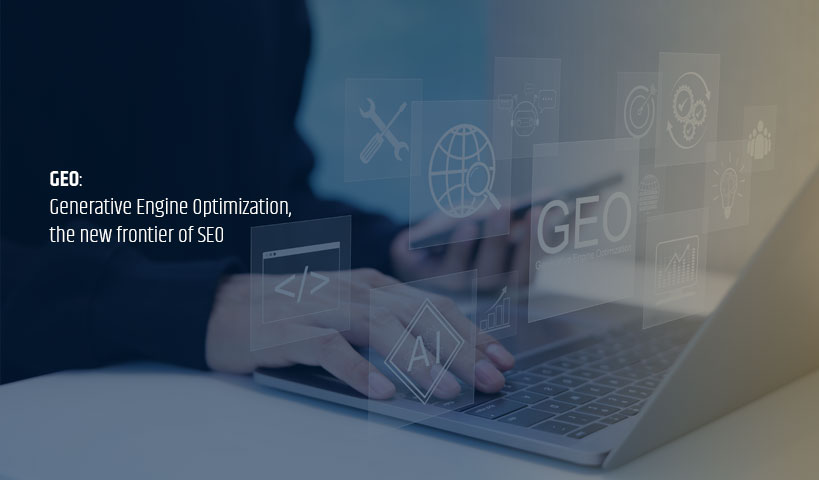
As some of you may already know, last May Exo Marketing Integrated B2B conducted a study on the progress made by B2B companies in Quebec with regards to their web strategy and presence on social networks. The study revealed that several B2B companies in Quebec were far behind their American rivals.
This is what motivated us to write a series of blog posts on basic (but essential) subjects, such as using Google Analytics, the first in the series. As for this blog post, its objective is to familiarise you with using Google AdWords. Essentially, this article will only take into account the Google search engine and its tool AdWords, even if other platforms (like Bing and Yahoo!) may also be used.
SEO: from free to fee-charging
According to a study conducted by HiveFire in 20111, 70% of American B2B companies use search engines in their content strategy, or in other words “search engine optimisation.” SEO on search engines may or may not be free. This type of SEO is used to reach a variety of objectives, for a variety of budgets.
Concerning SEO offered free of charge, the Google crawler will index a website’s content and depending on the relevance of a word typed in the Google search bar, that word may or may not be displayed in the search results. This free SEO strategy will be discussed in more detail in my next blog post.
Fee-charging SEO will, on the other hand, through an auction system, allow for the strategic positioning of a website when Google search engine results are displayed. The following image shows (in the red frame) some strategic positions: they are often above and to the right of the free SEO results (see previous paragraph).
What is Google AdWords?
Google AdWords manages the creation and implementation of keywords campaigns from A to Z. This process can be summarised as follows:
1) A company selects and buys relevant keywords to be strategically positioned on the results page of a Google search. An example of relevant keywords purchased by a camera salesperson: “buy digital camera”
2) A potential client will enter one of the keywords selected by the company (ex: “buy digital camera”) and will see strategically located sponsored links (see red frame in above image), inviting the client to click on them to learn more.
3) If the client clicks on a company’s sponsored link, he or she will be redirected to the landing page chosen by the company. Then the company’s website needs to be sufficiently high-performing and eye-catching in order to reach its objective. An example of an objective set by a company selling digital cameras is to convert a visit generated by a fee-charging keyword into a sale.
At the end of the day, Google AdWords manages the entire process of fee-charging SEO: from the purchase of keywords to the creation of a link leading to a company’s landing page. The possibilities are endless but require strategic investment in terms of defining objectives, daily campaign budget, choice of keywords, quality of the sponsored link, etc.
This article explains what SEO and Google AdWords are, and I would be delighted to speak with you if you would like more information concerning their more technical and strategic aspects.
1HiveFire (2011), B2B Marketing Trends Survey



